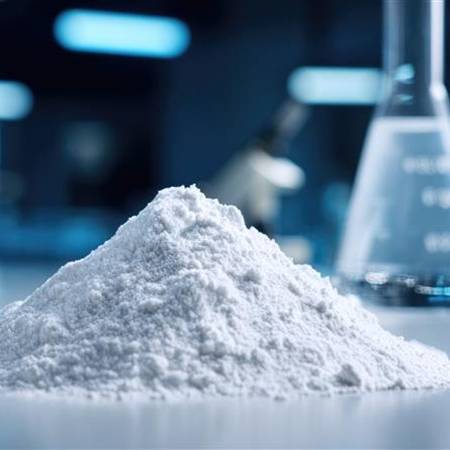Composition Analysis: X-ray Fluorescence and X-ray Diffraction
Composition analysis refers to the methods used to determine the elements and compounds that make up a material. This information is essential for understanding a material's properties, uses, and ensuring quality control. X-ray fluorescence (XRF) and X-ray diffraction (XRD) are widely used techniques for composition analysis .
XRF involves exposing a material to X-rays, which causes the atoms in the material to emit fluorescent X-rays. These emitted X-rays are measured to identify the elements present and their quantities. The major advantage of XRF is that it is a non-destructive technique, making it ideal for analyzing precious or complex samples like metals, minerals, and environmental samples.
XRD, on the other hand, is used to study the crystal structure of materials. When X-rays hit a crystalline substance, they are diffracted by the atomic planes within the crystal. By analyzing the diffraction patterns, the crystal structure and the elements present in the material can be identified. XRD is especially useful in materials science, mineralogy, and pharmaceutical research.
While XRF focuses on elemental composition, XRD is used for analyzing the internal structure of materials. Both techniques are often used together to provide a comprehensive understanding of a material's properties.
They are powerful, non-destructive techniques that are crucial in research, development, and quality control across various scientific fields.

Rigaku recommends the following products

Contact Us
Whether you're interested in getting a quote, want a demo, need technical support, or simply have a question, we're here to help.
